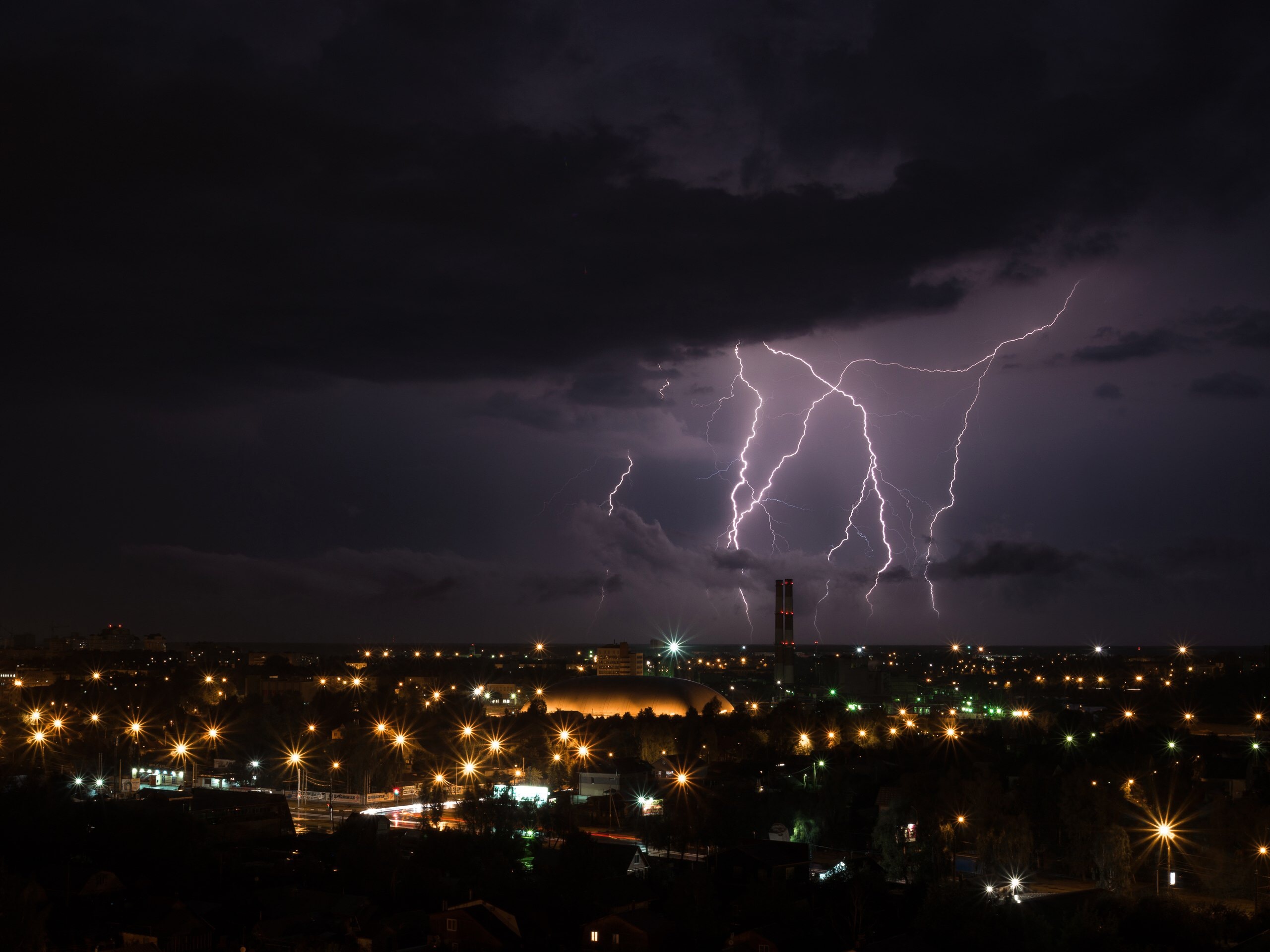
16 Jan Relationship between pollution and lightning incidence
The relationship between pollution and lightning incidence has long been pointed out by many experts, but an unexpected situation allowed a great step forward in the study of this theory: WHO (World Health Organisation) recognized in March 2020 the SARS-CoV-2 coronavirus infections as a pandemic. In response to this situation, several countries decreed lockdowns to ensure social distancing. The result of the mobility restrictions was a decrease in emissions of air pollutants which enabled researchers to analyse in detail the influence of aerosols in lightning incidence both in Brazil and Italy.
The group of Pinto Neto chose two large cities in Brazil, São Paulo and Belo Horizonte, from 20 March to 2 April 2020. The authors found an important decrease in pollution in that period compared with the data obtained in previous years (from 2015 to 2020). Moreover, the percentage of cloud-to-ground lightning was lower than the values from previous years in São Paulo, while in Belo Horizonte was significantly higher. Therefore, the study showed the strong influence of pollution on lightning characteristics and that this influence could change depending on the city and the pollutant concentration.
On the other hand, the lockdown decreed in Italy extended from 9 March to 18 May 2020, followed by a long period of de-escalation of the mobility restrictions. This period coincided with a 70% decrease in lightning activity in the Po valley. The Po Valley is a highly industrialized region, characterized by high lightning incidence due to certain meteorological features like the proximity to mountains, the humidity flow from the sea and the convergence of cold and warm air masses. The poor ventilation conditions in the valley, bundled with low temperatures, promote the permanence of aerosols for long duration.
However, during the lockdown, there was a drastic reduction in the industrial activity, traffic and rail transport which led to a substantial decrease in the concentration of aerosols. The authors of this work used different models to estimate which percentage of the reduction could be attributed to the reduction in pollutants emission. Their calculations showed that about 36% came from the decreased pollution in the Po valley.
These two studies support the hypothesis of an impact of anthropogenic aerosols on lightning activity. Ultimately, this statement should be considered for the optimization of lightning prediction in global climate models, as well as in the prediction of forest fires caused by lightning.
References



No Comments